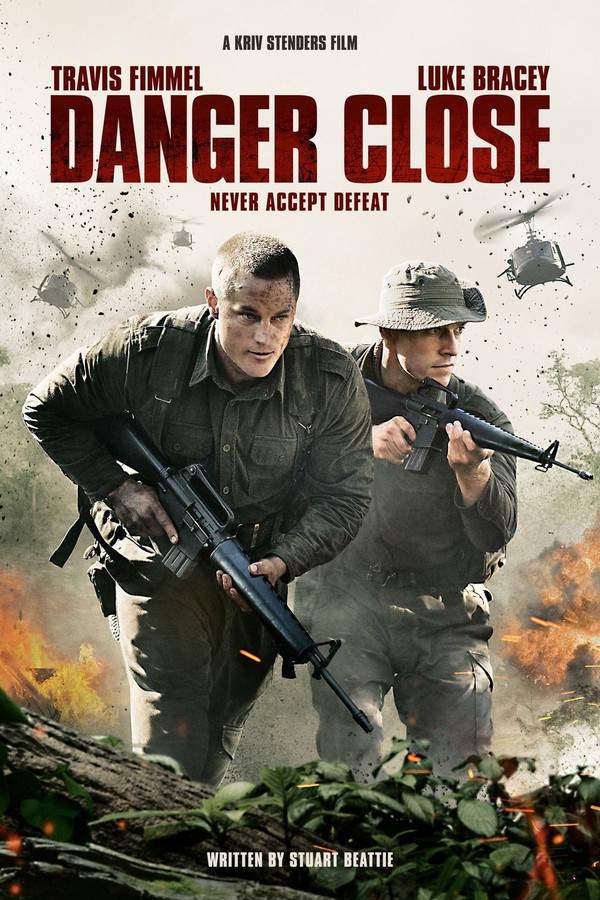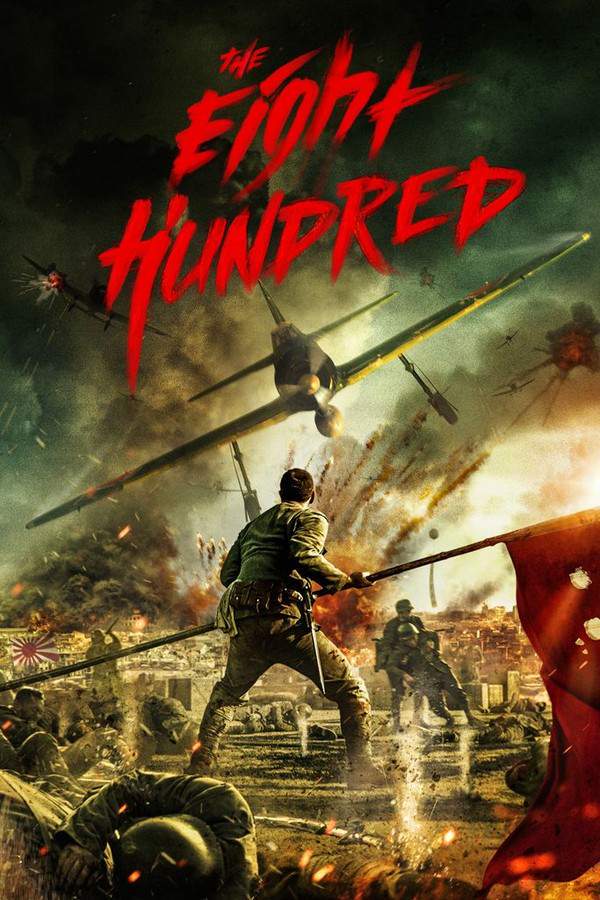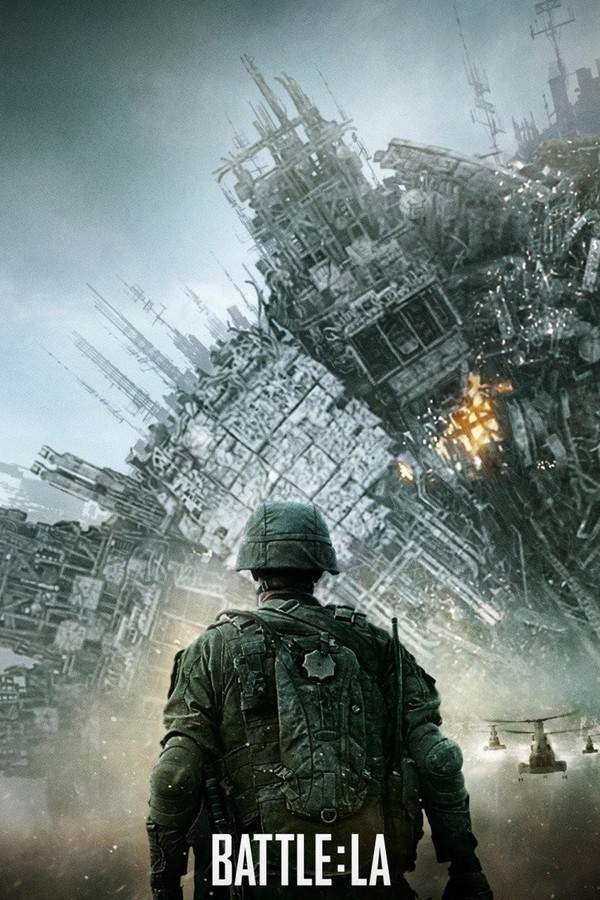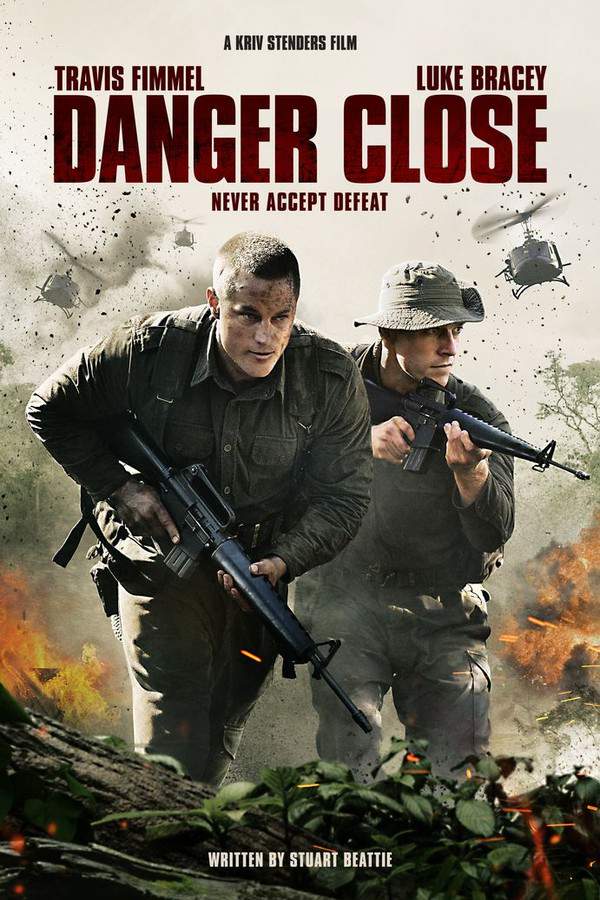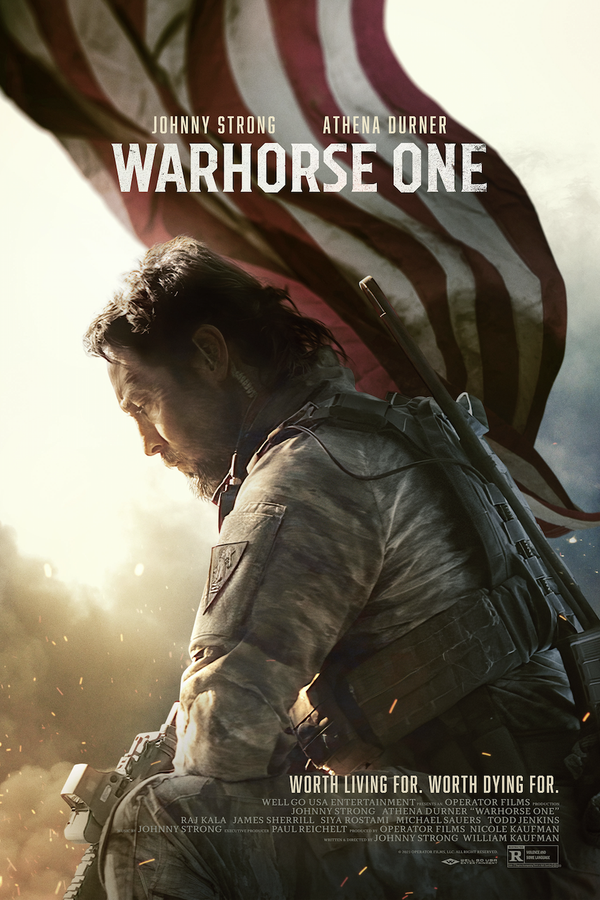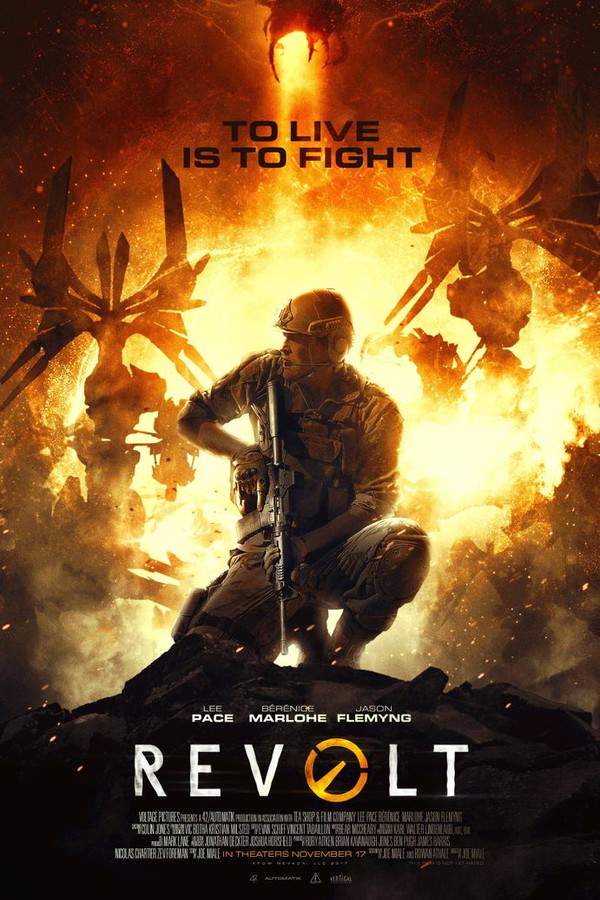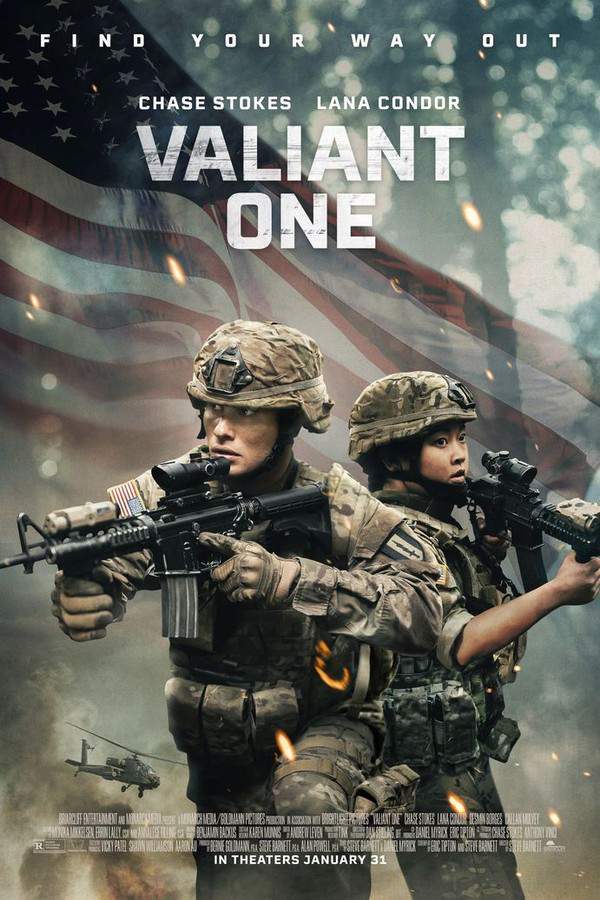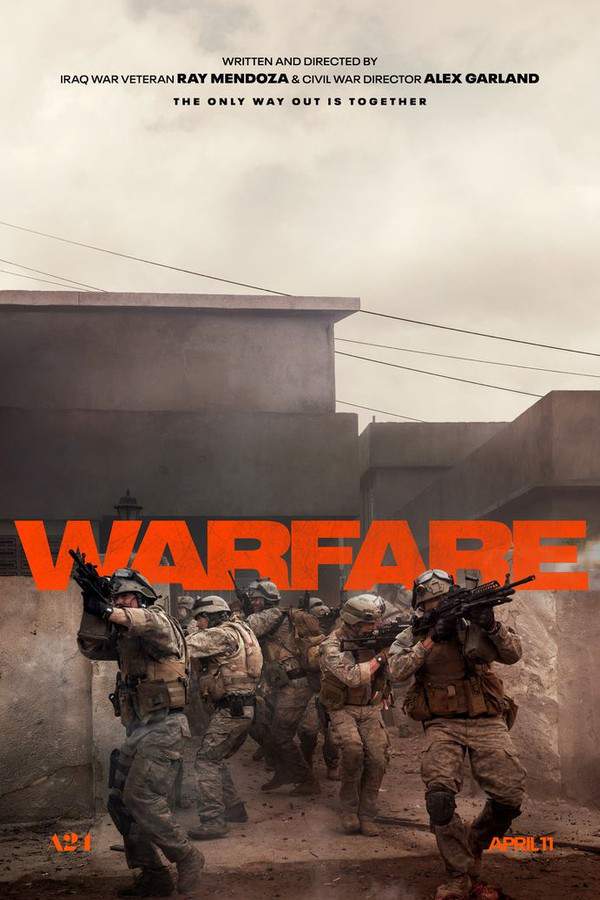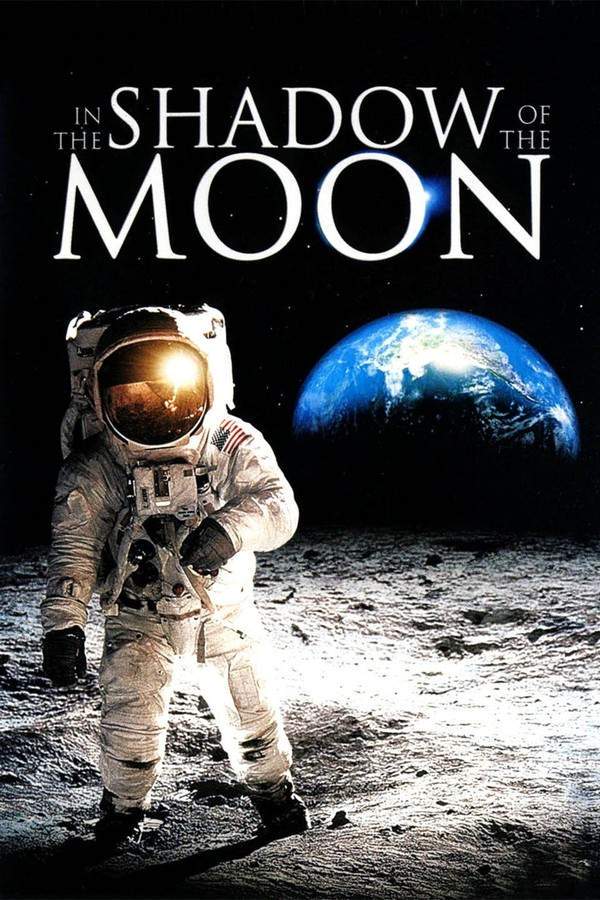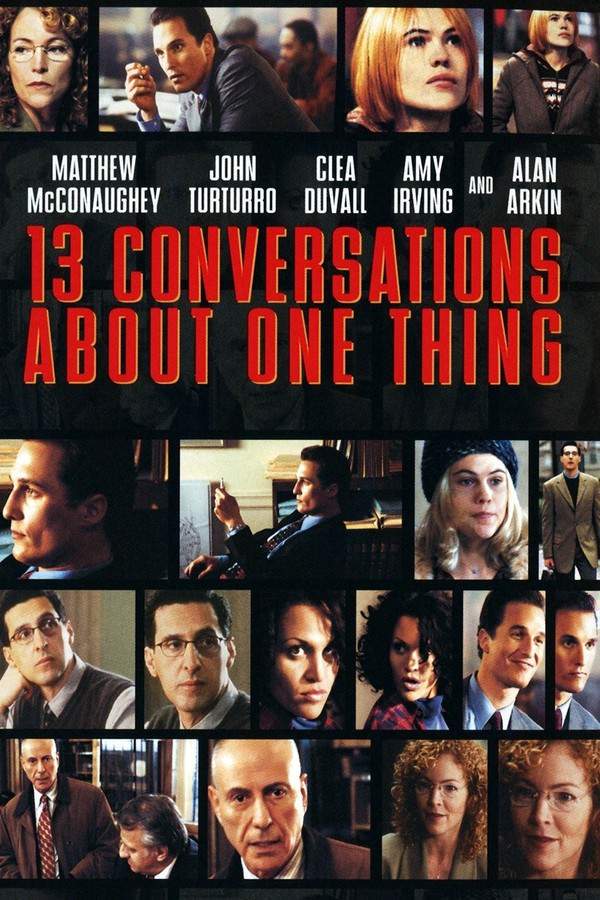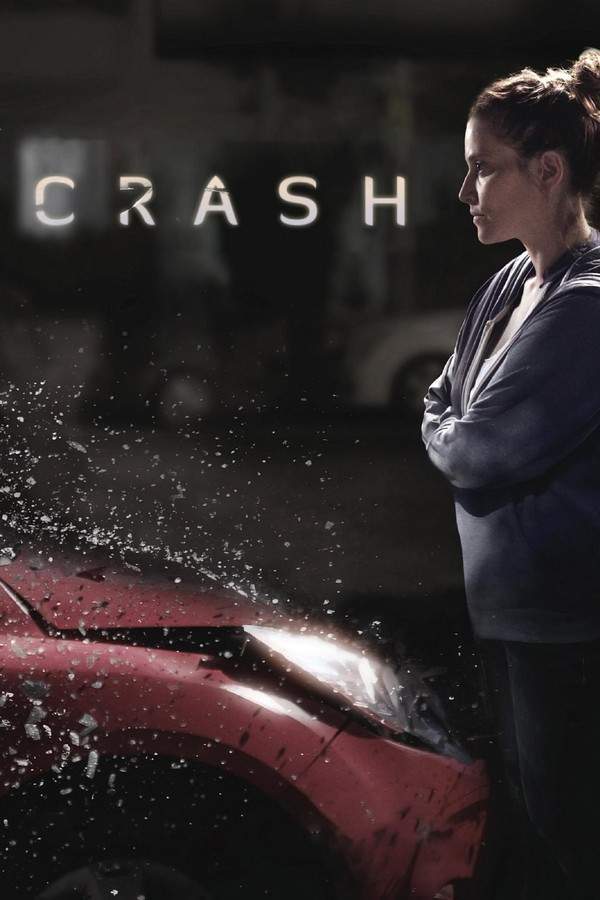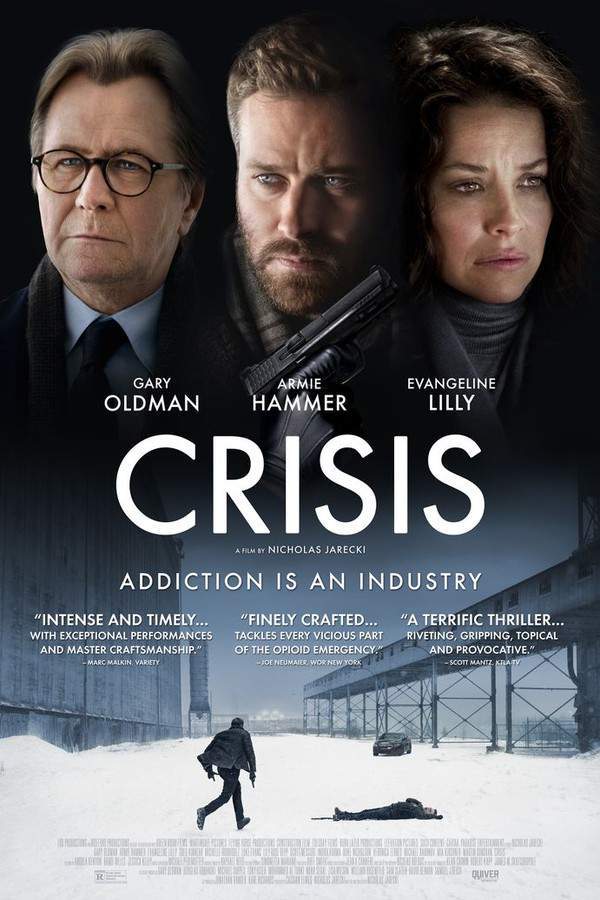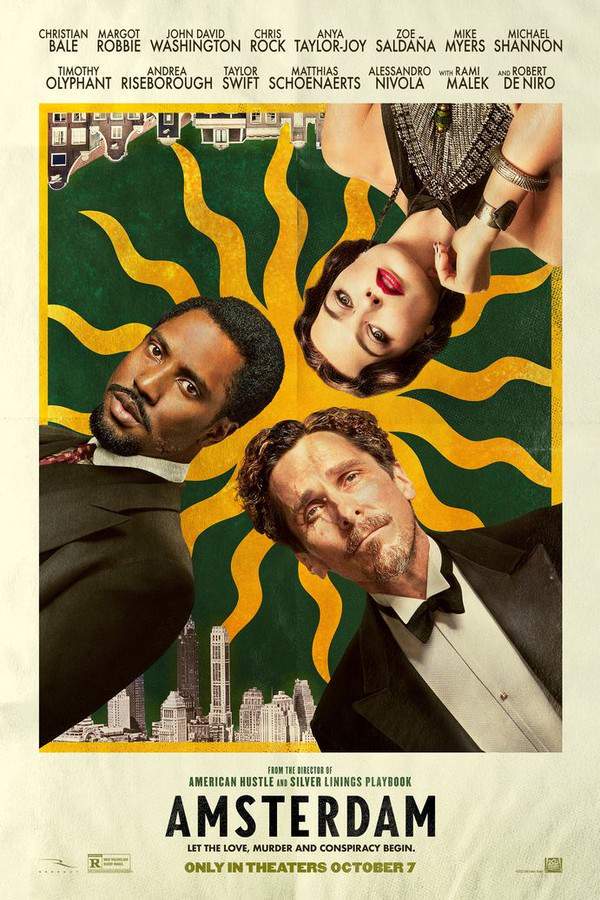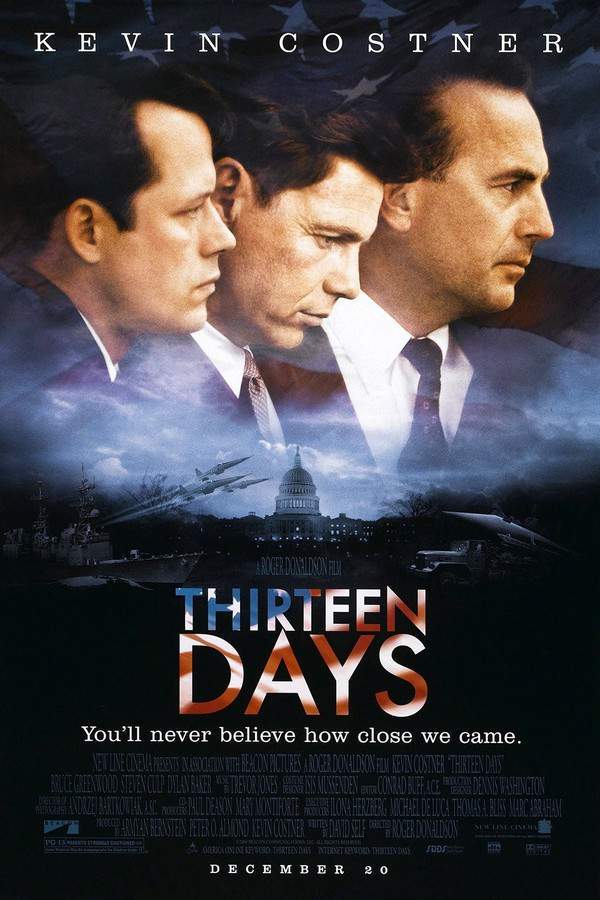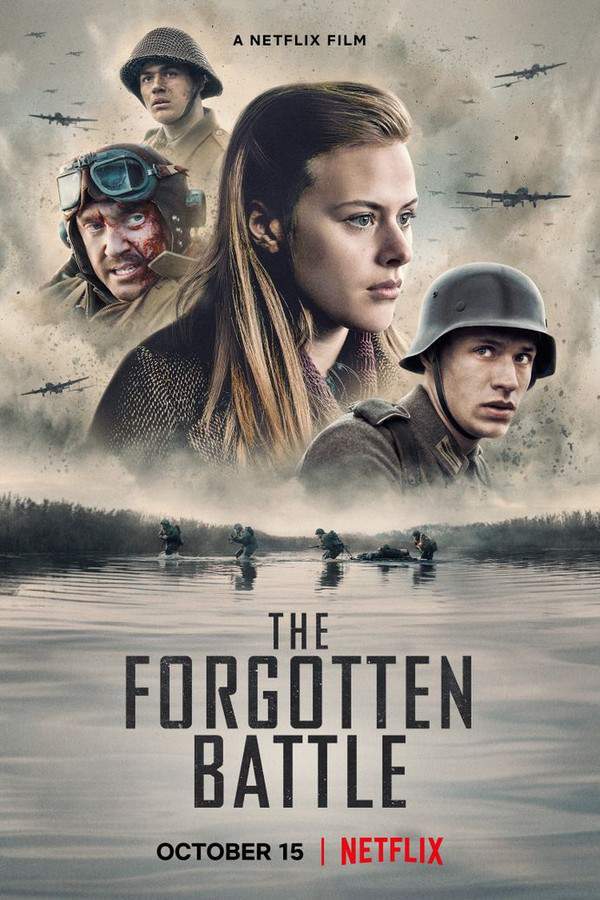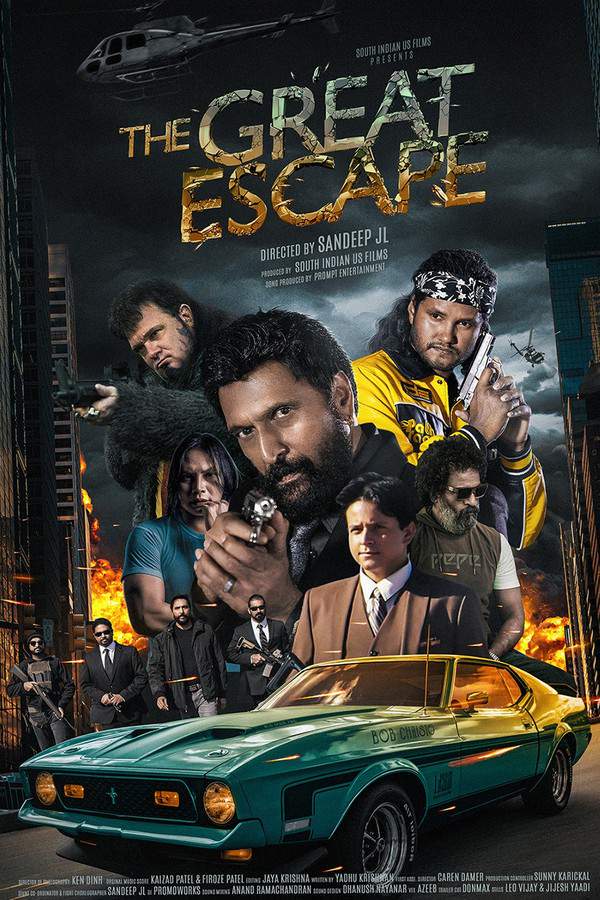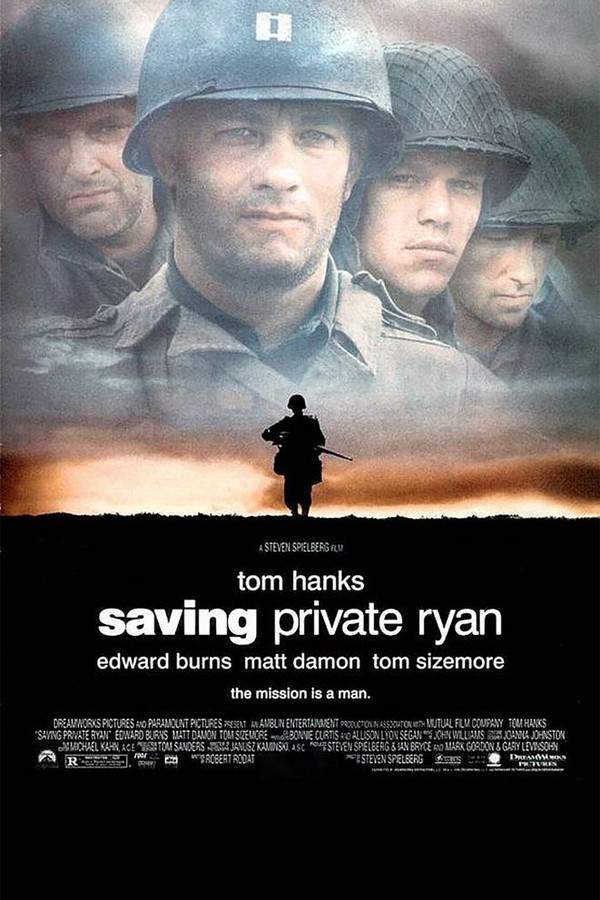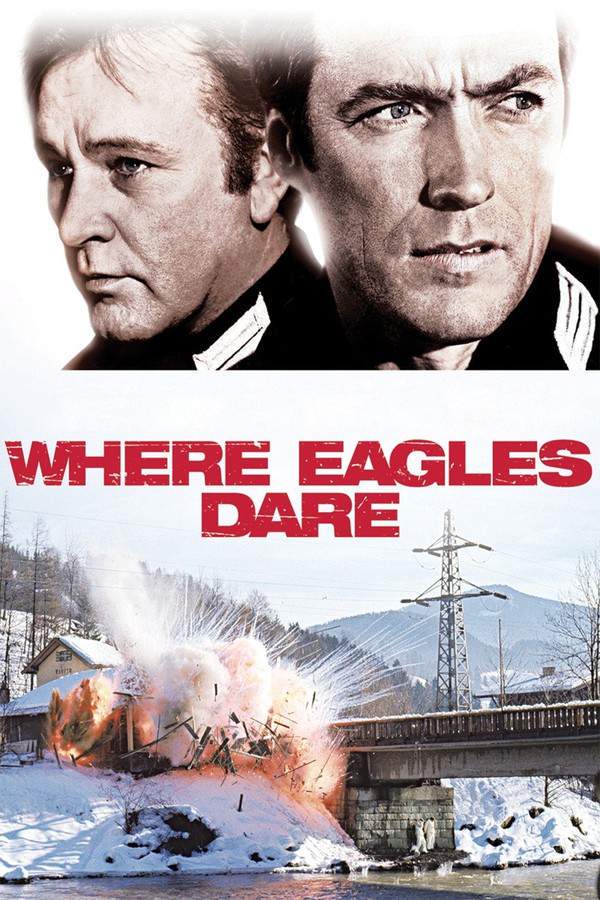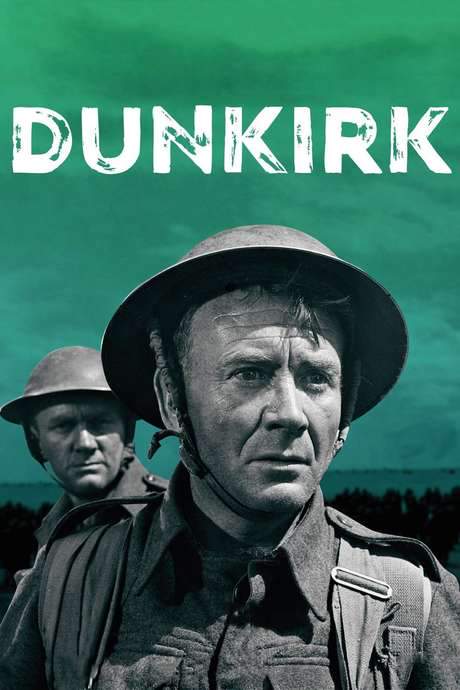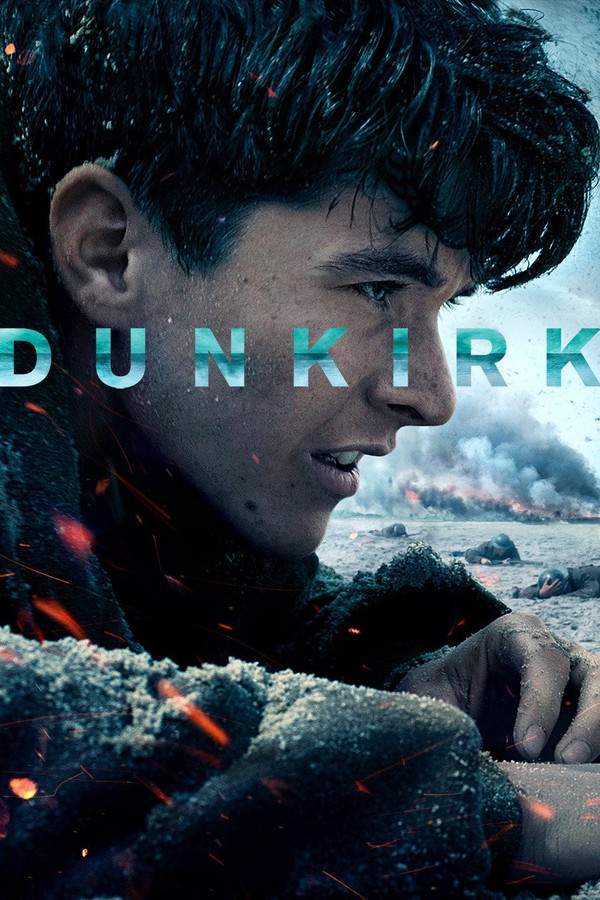
Dunkirk
Year: 2017
Runtime: 106 min
Language: English
Director: Christopher Nolan
Echo Score: 88Budget: $100M
During World War II, as German forces advance, hundreds of thousands of Allied soldiers are stranded on the beaches of Dunkirk. A desperate evacuation begins, with a small fleet of civilian ships and boats risking everything to rescue the trapped troops. Facing relentless air and ground attacks, the operation is fraught with peril, but ultimately leads to the safe return of approximately 330,000 soldiers, showcasing remarkable bravery and unity.
Warning: spoilers below!
Haven’t seen Dunkirk yet? This summary contains major spoilers. Bookmark the page, watch the movie, and come back for the full breakdown. If you're ready, scroll on and relive the story!
Dunkirk (2017) – Full Plot Summary & Ending Explained
Read the complete plot breakdown of Dunkirk (2017), including all key story events, major twists, and the ending explained in detail. Discover what really happened—and what it all means.
The story unfolds through three interconnected narratives that span different durations: on land, covering a week; at sea, over a day; and in the air, within an hour. These segments intricately weave into a non-linear tale.
The tale begins with an introductory note, stating that in 1940, following Nazi Germany’s invasion of France, countless Allied soldiers retreated to the coastal town of Dunkirk. As the Allied lines tighten and German forces advance, the soldiers find themselves in a seemingly desperate situation, waiting for evacuation.
I. The Mole:
On land, we meet Tommy, portrayed by Fionn Whitehead, a young British private who is the only survivor of his squad after an ambush by hidden German troops. He manages to reach the beach, where he encounters additional British and Allied soldiers anxiously awaiting rescue. There, he befriends Gibson, played by Aneurin Barnard, who appears to be paying homage to a fallen comrade. In the chaos of a German Stuka dive-bomber attack, they discover a wounded soldier left behind and strive to help him, bringing his stretcher to the front of the queue in hopes of being evacuated with him. Unfortunately, they are refused passage and decide to hide on the mole, attempting to sneak aboard the next departing vessel. This ship, however, is attacked as it sets sail, leading them to rescue another soldier, Alex, brought to life by Harry Styles, from being crushed during the sinking. Later, they board another ship that tragically succumbs to a U-boat torpedo, but Gibson saves both Tommy and Alex, and they are escorted back to shore by a soldier who later appears as a shell-shocked individual in the second part.
Commander Bolton, played by Kenneth Branagh (not in the original cast info), teams up with Colonel Winnant, portrayed by James D’Arcy, to assess the situation. They relay that Prime Minister Winston Churchill has committed to a mission of evacuating 30,000 troops while minimizing the loss of larger ships to protect against a probable invasion of Britain. Instead, the Navy resorts to deploying smaller civilian vessels for the evacuation.
The following day, Alex, Tommy, and Gibson join a group of Scottish soldiers who have found a grounded fishing trawler stranded outside the perimeter. They intend to use it to evacuate when the tide rises. However, a Dutch mariner, the boat’s owner, cautionarily waits for the tide but falls under fire from German troops unaware of the soldiers hiding inside. As the tide rises, bullet holes compromise the boat’s stability, leading to a weighty confrontation where Alex accuses Gibson of being a German spy to lighten their load. Surprisingly, it is revealed that Gibson is actually French, having assumed the identity of the soldier he was burying earlier to achieve evacuation with the British. Their ensuing physical altercation causes the boat to tip, allowing the mariner to start the engine, but it sinks shortly after they depart. While Alex and Tommy swim towards safety, they witness a minesweeper sinking due to a bomber attack. Luckily, they are rescued from a burning oil slick by Mr. Dawson, played by Mark Rylance and his Moonstone, finding their way across the English Channel.
Upon arrival in Weymouth, the soldiers board a train. As they approach Woking, Alex and Tommy fear disapproval from the public, but to their surprise, they receive a hero’s welcome. While Alex embraces the recognition, Tommy is more absorbed in reading Churchill’s address in the newspaper. Back on the beach, Commander Bolton observes the final soldiers depart, confirming a stunning evacuation of 300,000 troops, which is ten times the initial estimation. He remains behind to oversee the evacuation of the French rearguard.
II. The Sea:
In Weymouth, the Royal Navy commandeers civilian vessels for the urgent evacuation. Mr. Dawson, keen to assist, decides to helm his boat himself along with his son Peter (played by Tom Glynn-Carney), and is soon joined by their friend George, portrayed by Barry Keoghan, who impulsively desires adventure to make up for his poor academic performance. Together, they head toward Dunkirk, spotting three Spitfires buzzing overhead. They encounter a shell-shocked officer on a wrecked ship—the sole survivor of a U-boat assault. As Dawson pivots toward Dunkirk risking life, the soldier descends into panic upon learning their destination.
Locking him below deck for safety, the soldier eventually breaks free and attempts to commandeer the boat. The scuffle leads to George accidentally sustaining a significant head injury. As Peter tends to him, the situation worsens, culminating in George losing his eyesight.
As they continue their mission to rescue stranded soldiers, Mr. Dawson and his crew come across a Spitfire pilot—Collins, played by Jack Lowden—in trouble after ditching his plane. They brave further danger, boarding as many soldiers as possible before narrowly escaping an igniting oil slick. Tragically, George succumbs to his injuries, while Mr. Dawson receives accolades back in Weymouth for his heroism, even as Peter struggles with the loss of his friend.
III. The Air:
Three RAF Spitfires, piloted by Farrier, portrayed by Tom Hardy, Collins, and their Squadron Leader, known as “Fortis Leader”, embark towards Dunkirk to provide crucial air support, aware that their time is limited due to fuel constraints. During their encounter with enemy aircraft, “Fortis Leader” is shot down, prompting Farrier to take command. Though his fuel gauge is broken, he perseveres.
They engage in several dogfights, managing to shoot down an enemy plane, though Collins’s Spitfire is gravely damaged, leading him to ditch in the Channel. Assuming Collins managed to survive thanks to a wave, Farrier continues his mission. He then spots a German bomber assaulting a minesweeper-turned-transport ship and even in his almost empty fuel tank, takes action to protect the British soldiers stranded below.
As Farrier expertly pilots his last mission at Dunkirk, he successfully takes down another dive bomber, ensuring the safety of both British ships and soldiers waiting by the beaches. The soldiers’ cheers fill the air as he glides over them, providing a moment of fleeting joy in their grim reality. Subsequently, as his fuel runs out, he manages a landing before igniting his plane to ensure it doesn’t fall into enemy hands, ultimately being taken prisoner by German forces.
With its rich tapestry of personal stories, Dunkirk encapsulates the struggle, resilience, and survival instinct of men facing one of history’s most perilous military retreats, leaving the audience with a remarkable and hard-hitting experience.
Last Updated: November 16, 2024 at 16:30
Ending Explained – What Happens at the End of Dunkirk?
Still wondering what the ending of Dunkirk (2017) really means? Here’s a spoiler-heavy breakdown of the final scene, major twists, and the deeper themes that shape the film’s conclusion.
Dunkirk’s ending leaves us with a mix of resolution and lingering questions. As the film concludes, Tommy and Alex escape from the chaos on the beach aboard Mr. Dawson’s boat, carrying with them a sense of relief but also uncertainty. They arrive in Woking, expecting failure or shame after their harrowing ordeal, but instead find themselves celebrated for their bravery. The contrast between their perception of defeat and the national narrative of victory highlights the film’s exploration of how stories are told and understood differently. The victory, as celebrated back home, is rooted in the grand speech and propaganda, while the soldiers themselves see their actions as a retreat, a loss. The film emphasizes that heroism can look different depending on perspective.
Meanwhile, the story of Mr. Dawson, the civilian boat owner, culminates in his saving a pilot and some soldiers, but at a personal cost. His heroic act leads to the death of George, a young soldier pushed down the stairs by a panicked comrade. Dawson and his son lie to the soldier about George’s fate, choosing to preserve the story of heroism rather than the harsh reality. Their decision underscores how the power of storytelling often outweighs the truth in shaping collective memory and morale.
In the “Sea” segment, Dawson’s calm desperation shows how ordinary people are pushed to their limits by war. His efforts to save soldiers are driven by emotion, and in the end, he and his son embellish the story to protect the memory of their brave friend, George. This act reveals that, in war, the stories we tell are more impactful than the facts, serving to bolster morale and honor sacrifices—sometimes at the expense of truth.
The “Air” sequence is the most temporally compressed, yet its stakes are just as high. Farrier’s final dogfight and subsequent capture symbolize the relentless pressure of duty and sacrifice. The film ends with him being led away to a prisoner of war camp, and the story concludes with an ambiguous note—Farrier’s fate unknown, and the future of the war still uncertain. Nolan intentionally leaves these threads open-ended, emphasizing that this moment in time is a snapshot—an intense, visceral experience that captures the chaos, heroism, and hope of Dunkirk without delving into broader political or historical conclusions. Ultimately, the ending invites viewers to reflect on the different ways stories are constructed and how individual sacrifice, collective heroism, and the perception of victory are nuanced and multifaceted, echoing Nolan’s recurring themes about storytelling, time, and duty.
Last Updated: June 25, 2025 at 08:57
Explore Movie Threads
Discover curated groups of movies connected by mood, themes, and story style. Browse collections built around emotion, atmosphere, and narrative focus to easily find films that match what you feel like watching right now.
Movies with relentless survival tension like Dunkirk
Stories where characters are pushed to their absolute limits in a race against time.If you liked the non-stop, high-stakes tension of Dunkirk, explore these movies that capture a similar feel of desperate survival against overwhelming odds. These films are characterized by their fast pacing, high intensity, and focus on a collective or individual fight for life in the face of imminent danger.
Narrative Summary
Narratives in this thread are often linear or use fractured timelines to enhance the sense of urgency and converging threats. The primary conflict is external and immediate, pitting characters against an unforgiving environment, a relentless enemy, or a ticking clock. Character development is secondary to the visceral experience of survival itself.
Why These Movies?
These films are grouped by their shared, overwhelming intensity and tense tone. They prioritize a sensory, immersive experience of peril, creating a consistent mood of anxiety and desperation through fast pacing and high emotional weight, often concluding with a bittersweet or costly victory.
Movies with converging narrative structures like Dunkirk
Epic stories told through interlocking viewpoints during a large-scale, pivotal event.Fans of Dunkirk's innovative storytelling will appreciate these films that use a similar multi-perspective structure. These movies depict a major crisis or event from different vantage points—land, sea, air, or various social strata—weaving individual stories into a cohesive and impactful whole.
Narrative Summary
The narrative pattern involves parallel storylines that operate on different timelines or locations, all leading towards a central, climactic event. This structure emphasizes fate, chance, and the interconnectedness of seemingly separate lives. The emotional journey comes from understanding how these disparate threads combine to form the complete story.
Why These Movies?
These films are united by their complex, non-linear plot structures and their thematic focus on collective effort and destiny. They share a sobering, heavy emotional weight and often a bittersweet tone, showcasing how large-scale events are experienced from numerous individual perspectives.
Unlock the Full Story of Dunkirk
Don't stop at just watching — explore Dunkirk in full detail. From the complete plot summary and scene-by-scene timeline to character breakdowns, thematic analysis, and a deep dive into the ending — every page helps you truly understand what Dunkirk is all about. Plus, discover what's next after the movie.
Dunkirk Timeline
Track the full timeline of Dunkirk with every major event arranged chronologically. Perfect for decoding non-linear storytelling, flashbacks, or parallel narratives with a clear scene-by-scene breakdown.

Characters, Settings & Themes in Dunkirk
Discover the characters, locations, and core themes that shape Dunkirk. Get insights into symbolic elements, setting significance, and deeper narrative meaning — ideal for thematic analysis and movie breakdowns.

Dunkirk Ending Explained
What really happened at the end of Dunkirk? This detailed ending explained page breaks down final scenes, hidden clues, and alternate interpretations with expert analysis and viewer theories.

Dunkirk Spoiler-Free Summary
Get a quick, spoiler-free overview of Dunkirk that covers the main plot points and key details without revealing any major twists or spoilers. Perfect for those who want to know what to expect before diving in.

More About Dunkirk
Visit What's After the Movie to explore more about Dunkirk: box office results, cast and crew info, production details, post-credit scenes, and external links — all in one place for movie fans and researchers.

Similar Movies to Dunkirk
Discover movies like Dunkirk that share similar genres, themes, and storytelling elements. Whether you’re drawn to the atmosphere, character arcs, or plot structure, these curated recommendations will help you explore more films you’ll love.
Explore More About Movie Dunkirk
Dunkirk (2017) Scene-by-Scene Movie Timeline
Dunkirk (2017) Movie Characters, Themes & Settings
Dunkirk (2017) Ending Explained & Theories
Dunkirk (2017) Spoiler-Free Summary & Key Flow
Movies Like Dunkirk – Similar Titles You’ll Enjoy
The Forgotten Battle (2021) Movie Recap & Themes
The Great Escape (1963) Film Overview & Timeline
Saving Private Ryan (1998) Spoiler-Packed Plot Recap
Where Eagles Dare (1969) Plot Summary & Ending Explained
Operation Dunkirk (2017) Spoiler-Packed Plot Recap
Hurricane (2018) Detailed Story Recap
D-Day 6.6.1944 (2004) Full Movie Breakdown
Behind the Line: Escape to Dunkirk (2020) Spoiler-Packed Plot Recap
Eagles Over London (1969) Complete Plot Breakdown
Captains of the Clouds (1942) Movie Recap & Themes
Dunkirk (1958) Complete Plot Breakdown
We Dive at Dawn (1943) Full Summary & Key Details
Weekend at Dunkirk (1964) Movie Recap & Themes
Desperate Journey (1942) Ending Explained & Film Insights
The Sea Shall Not Have Them (1954) Film Overview & Timeline


